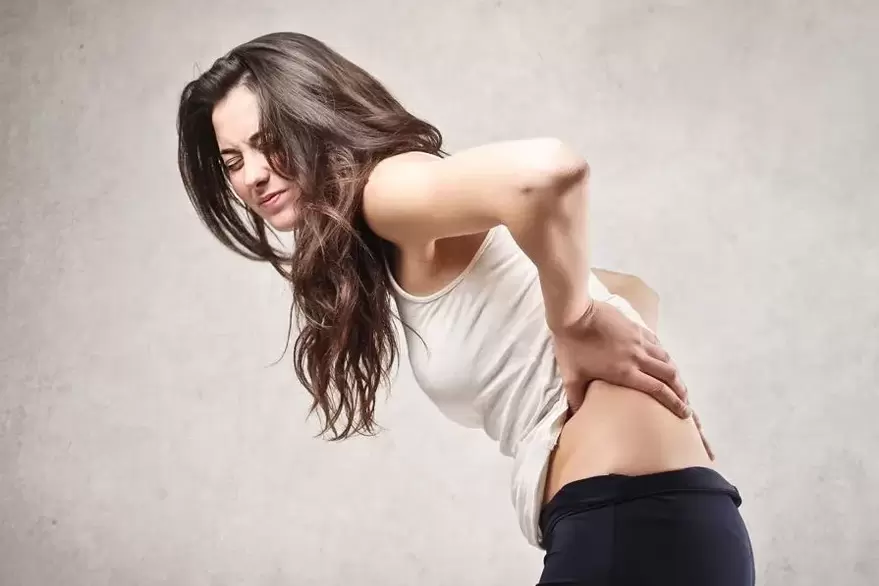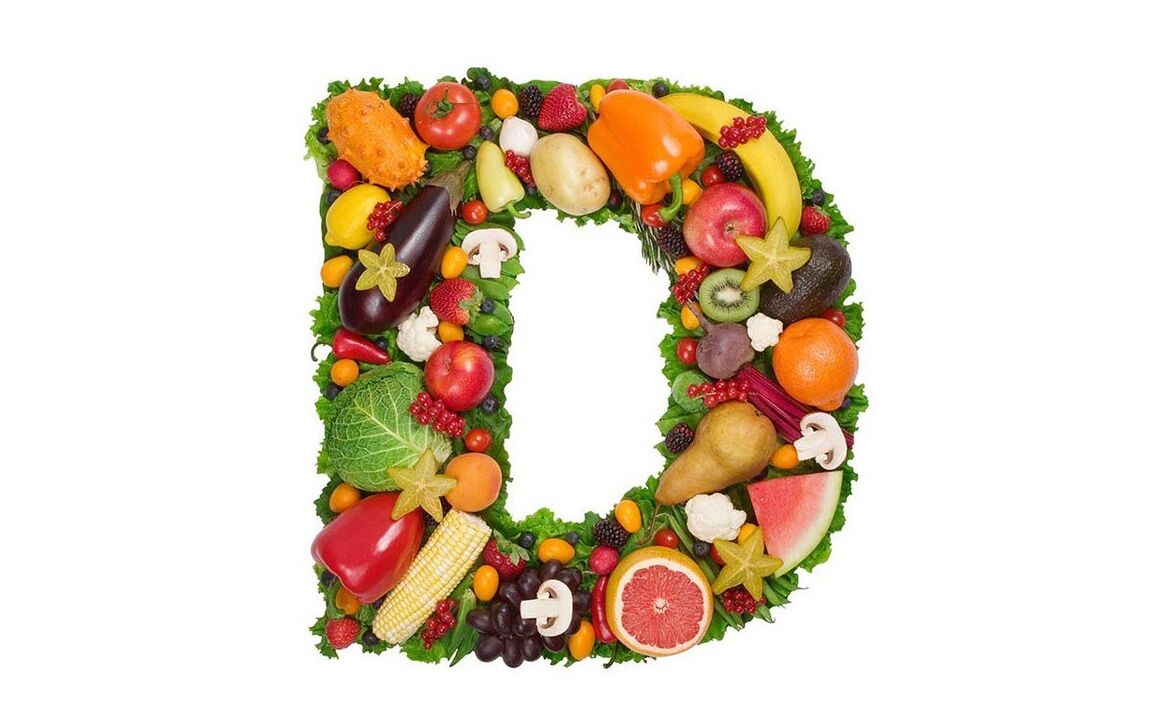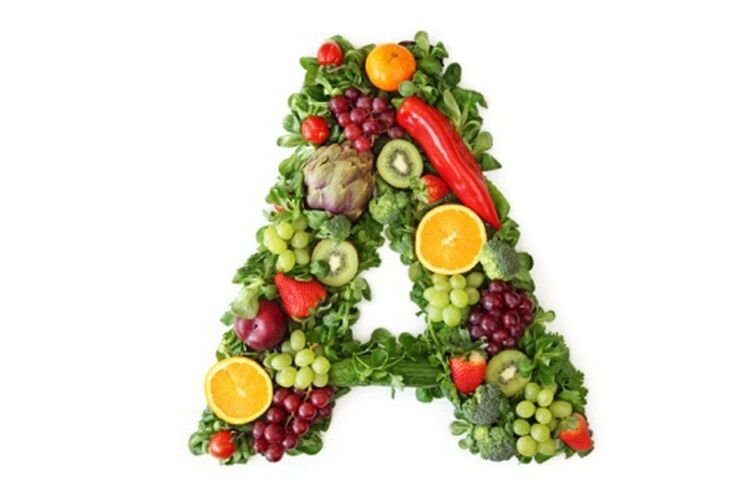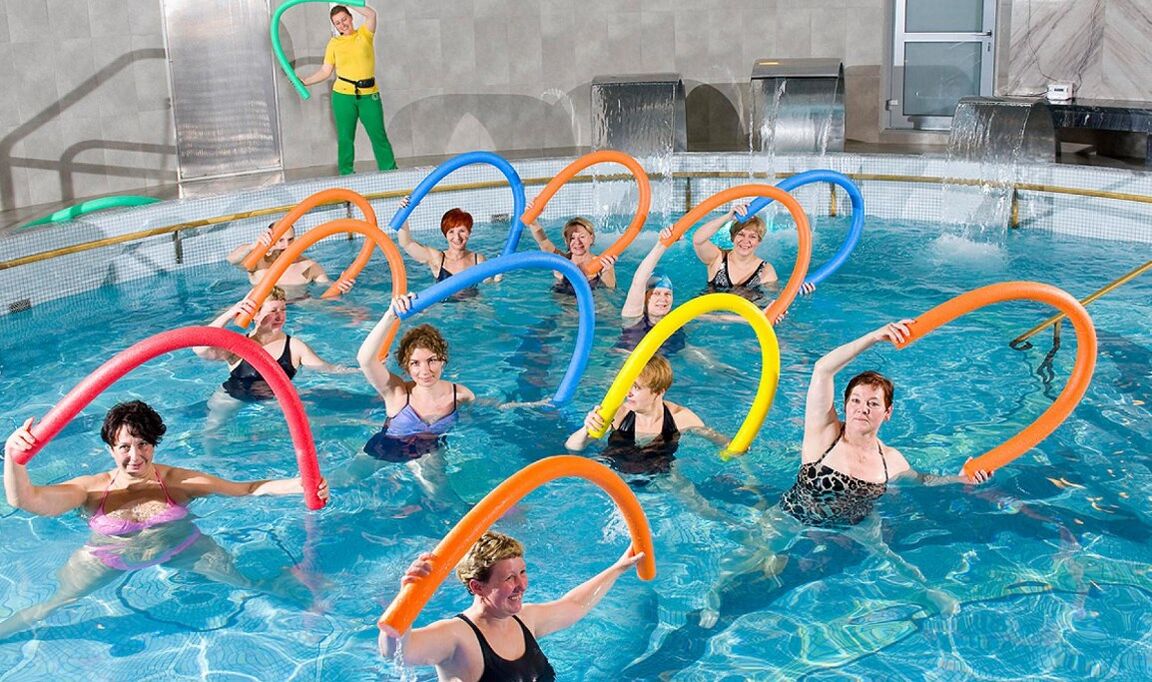
The lumbar spine consists of five vertebral discs that connect the sacrum and thoracic spine. This part of the musculoskeletal system receives heavy loads. Most mobile and prone to disease, symptoms can appear at different ages. One of these diseases is lumbar osteochondrosis. In addition, the patient may develop polysegmental osteochondrosis (affecting all parts of the spine). A description of the disease can be found in the International Classification of Diseases - ICD-10, where the common code M42 is assigned to osteochondrosis.
There are many ways to prevent and treat not only osteochondrosis of the lumbar region, but also polysegmental (code M 42 according to ICD-10).
Symptoms of lower back osteochondrosis
The reasons for the development of the disease may be:
- Overload of the lumbar, sacral spine, which is characteristic of manual workers (loaders, dock workers, etc. ).
- Excessive weight of the patient puts a lot of pressure on the spine. It is common in both women and men.
- Lack of physical activity, physical inactivity, deterioration of blood circulation, nutrition of the discs with essential substances, lack of vitamins.
- Postural disorders caused by poor sitting habits, often at home (crooked, crooked).
- Injuries during sports, improperly performed exercises.
- Age factor, bones in older women and men are prone to deformation.
Symptoms of osteochondrosis in the lumbar region
Pain (code M 42 according to ICD-10) indicating the need for urgent treatment of lumbar osteochondrosis can occur even during sneezing or coughing. Manifestations of pain in the lumbar-sacral region can occur with sharp movements, bending, weight transfer.

The tingling may be localized or spread from the lower back to the upper. The pain can also spread to the hips and legs. The patient's back loses elasticity. It is difficult for a person to make turns and bends. General anxiety causes sleep disturbances, irritability, and loss of strength.
As one of the possible complications of the disease - disorders of the genitourinary system. Pain may appear in the kidney area. There may be disorders of urination.
Treatment
To successfully treat lumbar osteochondrosis (code M 42 according to ICD-10), the patient will need to radically change most of their daily habits. After that, you will have to work on your health every day. If it is different, it can come back, even if it overcomes the symptoms of the disease. Unfortunately, this happens in many cases.
Medications are often prescribed to the patient during the first visit to the doctor. Medications for lumbar osteochondrosis relieve pain and prevent inflammatory processes.
In folk medicine, there are many prescriptions for medicinal infusions, ointments that can help diagnose "osteochondrosis" (lumbar or polysegmental, code M 42 according to ICD-10). Folk remedies are used externally or taken orally to relieve pain and inflammation.

However, it is known that drug treatment only stops the manifestations of the disease (relieves pain), but it is not enough to completely defeat the disease, it does not eliminate the root cause of the disease. Complex rehabilitation measures are required for a full course of treatment. Without them, the treatment will not be effective and the success will be short-lived. In some cases, a corset may be prescribed for osteochondrosis of the spine, which must also be worn at home.
A special place in the treatment of lumbar osteochondrosis (code M 42 according to ICD-10) is exercise therapy (physiotherapy exercises), special gymnastics. The set of individual exercises should be selected by a doctor and the appointment should be made under the guidance of a qualified coach. If the patient has an obvious problem with excess weight, you should follow a diet, as well as increase daily physical activity. A complex of these measures can treat osteochondrosis.
Acupuncture is also recommended for lumbar osteochondrosis.
Vitamin therapy for osteochondrosis
An integrated approach to treating the disease is important. This treatment should contain vitamins, which can often be taken at home.
B vitamins
They are prescribed in the early stages of the disease to relieve painful symptoms. Often, this is enough to treat osteochondrosis and relieve pain.

In addition to reducing pain, B vitamins can also be used to improve metabolic processes, restore immunity, and increase the sensitivity of tissues affected by disease. They are used both in the form of injections (intramuscular or intravenous) and in tablets.
B vitamins include:
- B1 (thiamine) - in grain, bread (coarse flour), yeast;
- B6 (pyridoxine) - in vegetables, eggs, milk, liver, meat, fish;
- B12 (cyanocobalamin) - in animal products: meat, beef liver.
Injecting B vitamins is very painful. However, in the treatment of lumbar osteochondrosis, they are an excellent foundation for basic treatment with drugs.
Vitamins D.
Doctors recommend using them in combination with calcium, because this combination has a beneficial effect on the bones, giving them strength. However, the cartilage of the intervertebral discs, which suffer the most from osteochondrosis, is strengthened with the help of group D vitamins. Specialists usually prescribe vitamin D3 (cholecalciferol) or D2 (ergocalciferol) to treat the disease.

Vitamins D include:
- cod;
- halibut;
- milk;
- egg yolk;
- butter;
- sardines;
- tuna liver.
Vitamins A and E.
A and E are powerful antioxidants. They catalyze tissue regeneration. For example, vitamin A helps strengthen the immune system, actively resists infections, is responsible for the harmonious circulation of calcium and phosphorus, and repairs damaged tissues.
Vitamins A and E should be consumed "in tandem" - when absorbed from the intestines, their elements complement and activate each other's work. Thanks to them, the symptoms of lumbar osteochondrosis (code M 42 according to ICD-10) disappear and the disease can not spread further.


Contains animal and plant foods:
- carrots, parsley, spinach, green onions, sea buckthorn, wild rose, apricot, mountain ash, black currant, blueberry, strawberry, blueberry;
- fish oil, liver, milk.
Vitamin C
Vitamin C (ascorbic acid) strengthens the body's defenses. This is very important in the fight against any disease. This vitamin removes toxins, protects cartilage, muscles and bone tissue from internal and external damage.
Ascorbic acid is sold in tablets and additionally in ampoules for injection (this is also possible at home). Contains hips, red (sweet) peppers, peas, strawberries, cabbage (broccoli, white cabbage, Brussels sprouts), needles, tangerines, oranges, tomatoes, parsley, dill.
What gives swimming and exercise for osteochondrosis
Properly organized swimming helps:
- Rest. Lower back and polysegmental osteochondrosis (code M 42 according to ICD-10) causes muscle spasms, their tension, which impedes movement. Water helps to relax the whole spine, relieves muscle spasms and at the same time strengthens muscles.
- Acceleration of metabolic processes. The tissues of damaged and still normal discs receive the necessary nutrients and begin to recover.
- Increase immunity. This is important for the treatment of any disease.
- Regular swimming and bathing, especially exercises that remove extra weight from the body in the water.
- Swimming improves the functioning of the heart and respiratory system, helps to create a positive attitude to the treatment of osteochondrosis.

Water exercise and swimming are recommended for both polysegmental osteochondrosis (code M 42 according to ICD-10) and osteochondrosis of any part of the spine.
If you take vitamins and other medications while swimming and exercising in the pool, then you can treat the affected discs, improve the overall condition of the entire spine and get rid of pain.

Doctors recommend swimming treatment only in special pools. Of course, such treatment is usually not possible at home. However, exercise is not recommended as the flow of water bodies in the river or sea can create additional stress on the spine.
When exercising in the pool, patients should follow a few basic rules. Improper swimming and exercise can exacerbate pain:
- The water temperature should not be below 23 degrees, and during the first visits to the pool - at 27-30 degrees Celsius.
- Swimming will help cure osteochondrosis if you do warm-up exercises before entering the pool. These can be simple exercises, massage. All this will increase blood flow to the spine in a few minutes and prepare it for the procedure.
- Patients diagnosed with "lumbar (or polysegmental) osteochondrosis" should avoid sudden movements in the pool.
- You can visit the pool at least twice a week (recommended), the optimal time for one session is 40-50 minutes.
- Special water exercises, swimming for men, as well as therapeutic exercises for women with osteochondrosis should be recommended by a specialist.
So, if you have symptoms of osteochondrosis (either lumbar or polysegmental), then in addition to home treatment (vitamins, medications), you should visit the pool or gym on the advice of a doctor. Doctors emphasize that only a comprehensive approach, patience, perseverance in overcoming the disease will achieve positive results in its treatment.

























